Understanding **double ring scoring explained darts** is crucial for mastering the game, as it significantly impacts your score and strategy. This article will break down how the double ring works, its importance in various dart games, and provide tips for aiming and maximizing your score.
⚠️ Still Using Pen & Paper (or a Chalkboard)?! ⚠️
Step into the future! The Dart Counter App handles all the scoring, suggests checkouts, and tracks your stats automatically. It's easier than you think!
Try the Smart Dart Counter App FREE!Ready for an upgrade? Click above!
Double Ring Scoring Explained Darts: A Comprehensive Guide
The **double ring**, located on the outer edge of a dartboard, plays a vital role in dart scoring. Hitting a section within the double ring doubles the point value of that section. For example, hitting the double 20 scores 40 points, making it a prime target for high scores. This section of the board is often targeted to check out in the game of 501 or to rack up serious points in other dart games. We’ll dive deep into the specifics of **double ring scoring explained darts** and its overall influence on the game.
What is the Double Ring and Where is it Located?
The dartboard is divided into 20 numbered sections, each wedge-shaped. These sections are further subdivided by rings. The **double ring** is the outermost thin ring on the dartboard. It encircles the entire board. The area between the double and triple rings is the single area, which scores face value. Aiming consistently for the **double ring** requires precision and practice, and greatly affects the strategy in the game of darts.
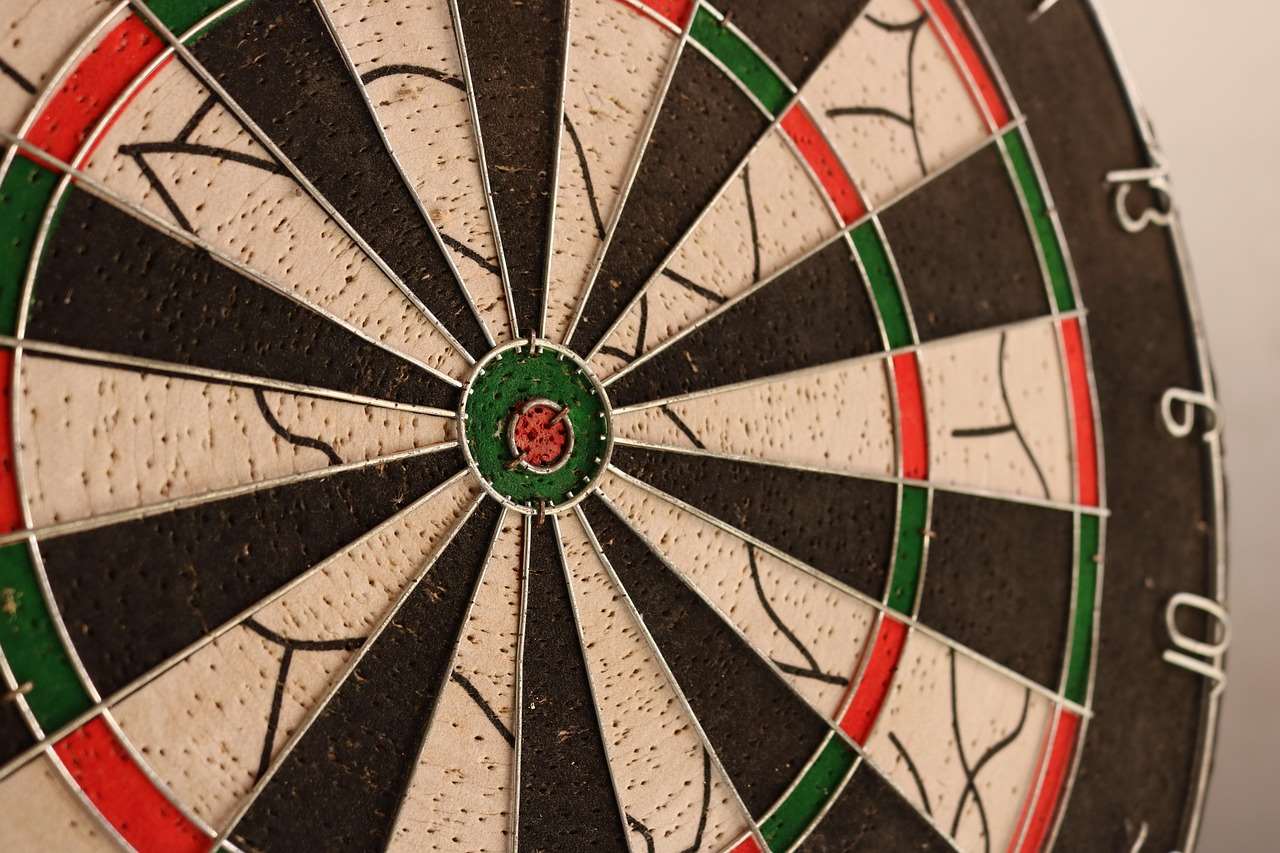
When **adapting darts rules for beginners**, it’s often helpful to initially disregard doubles and trebles to focus on accuracy and hitting the board. However, understanding and eventually mastering the double ring is essential for competitive play.
The Significance of the Double Ring in Dart Games
The **double ring** has particular importance in specific dart games. Let’s explore how its used in two of the most popular ones: 501 and Around the World.
The Double Ring in 501
In the game of 501, a standard starting point is 501 points, and the goal is to be the first player to reduce their score to zero. However, the catch is that the final dart thrown must land in the **double ring** (or the bullseye, which also counts as a double). This adds a strategic element to the game, as players must strategically set up their final throw to target a double. Learning how to accurately hit the **double ring** is one of the most important things you can do in the game of darts.
Imagine you have a score of 32 remaining. You would need to hit the double 16 to win the game. Missing the double and hitting the single 16 would leave you with 16 points, requiring another dart to attempt a double. Many players aiming for the double will try to target numbers close to the bullseye, where they can bail out to the double segment next to the number they aimed for. The **double ring** can either be the path to victory or a major obstacle to overcome.
The Double Ring in “Around the World”
Another fun game is “Around the World,” where players must hit each number on the board, starting with 1 and progressing sequentially to 20, often finishing with the bullseye. Sometimes a player must hit the **double ring** specifically on each number to advance. This is a challenging variation that demands great accuracy and control.
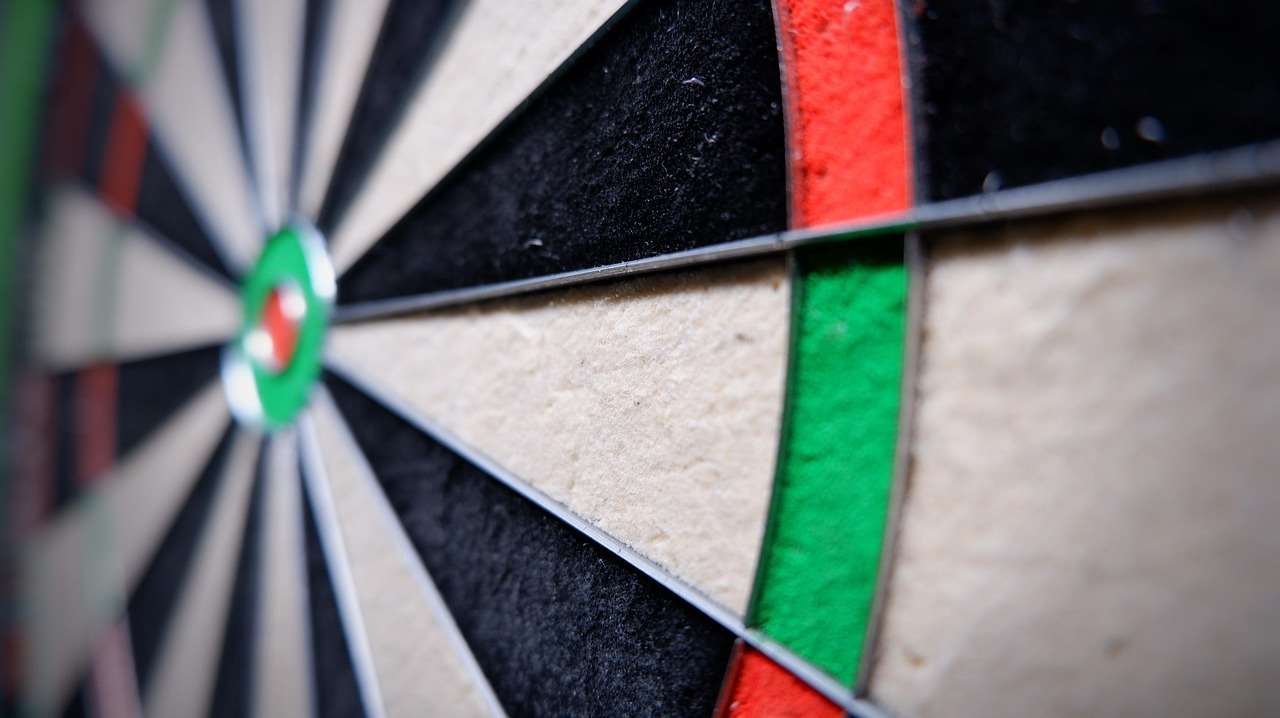
For example, you would need to hit the double 1, then the double 2, then the double 3, and so on. Missing the double would mean you have to retry that number until you successfully land a dart in the **double ring**. This game variation is an excellent way to practice hitting specific doubles and improve your overall accuracy.
Tips for Aiming at and Hitting the Double Ring
Consistently hitting the **double ring** requires practice, technique, and a good understanding of your throwing style. Here are some helpful tips:
- Stance and Posture: Maintain a stable and balanced stance. Your body should be aligned with the target, and your weight should be evenly distributed.
- Grip: Hold the dart firmly but not too tightly. Experiment with different grips to find one that feels comfortable and provides control.
- Throwing Motion: Focus on a smooth and consistent throwing motion. Avoid jerky movements that can disrupt your aim.
- Follow Through: Follow through with your arm after releasing the dart, pointing towards your target.
- Practice Regularly: The more you practice, the better you’ll become at hitting the **double ring**. Focus on specific doubles to improve your accuracy.
When beginning, it can be beneficial to start with **basic darts fundamentals for beginners**. This includes understanding the proper stance, grip, and throwing technique. As you improve, you can then focus more specifically on targeting the double ring.
Targeting Specific Doubles
Some doubles are more strategically important than others, particularly in 501. Here are some common doubles that are frequently targeted:
- Double 20 (40): A high-scoring double and often the first choice for checkouts when the score is high enough.
- Double 16 (32): Another popular choice for checkouts.
- Double 18 (36): Useful for setting up a finish on the next throw.
- Double 8 (16): A good option for lower scores.
Practice aiming at these doubles regularly to increase your chances of hitting them in a game. Learning how to play with modified rules is important too, especially for beginners.
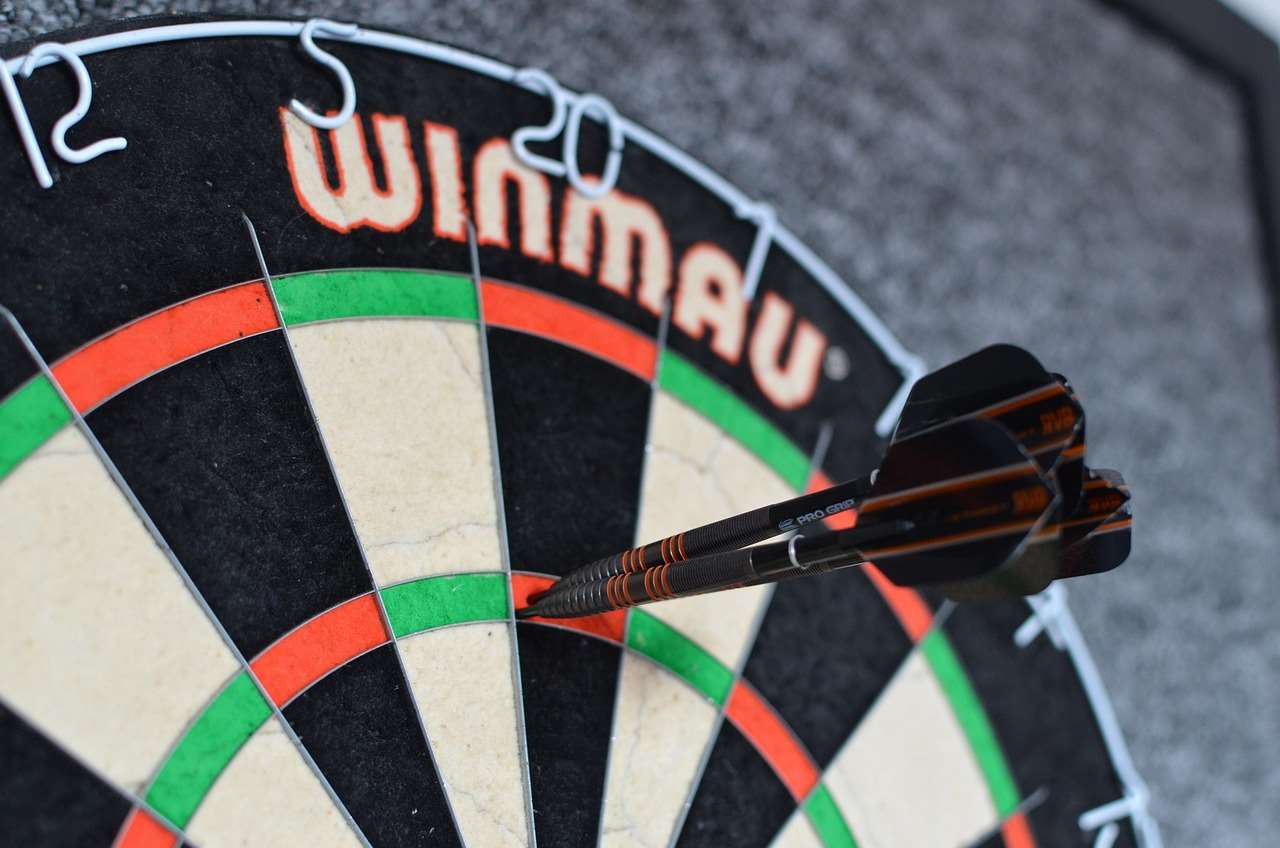
Common Mistakes and How to Avoid Them
Even experienced dart players sometimes struggle with hitting the **double ring**. Here are some common mistakes and how to avoid them:
- Rushing the Throw: Taking too little time to aim and focus can lead to inaccurate throws. Take your time and visualize the dart hitting the target.
- Inconsistent Grip: A grip that varies from throw to throw can affect your accuracy. Strive for a consistent grip every time.
- Poor Follow Through: Not following through with your arm can cause the dart to veer off course. Ensure a complete and smooth follow-through.
- Lack of Concentration: Distractions can negatively impact your focus. Find a quiet place to practice and minimize distractions during games.
Learning how to avoid these mistakes and maintain concentration can greatly improve your ability to hit the **double ring** consistently.
Advanced Strategies Involving the Double Ring
Beyond simply aiming for the **double ring** for checkouts, there are more advanced strategies that players use to maximize their scores and win games. This involves setting up future throws and playing defensively.
Strategic Setup Throws
Experienced players often use their first two darts to set up a favorable checkout opportunity with their third dart. For example, if a player has 81 remaining, they might aim for a single 17 to leave 64, followed by another single 17 to leave double 16 for their final dart. Understanding these setups requires a good knowledge of dart arithmetic.
This strategy is highly reliant on being able to score in the double ring when needed. Therefore, practice on your **double ring scoring explained darts** technique and ability.
Defensive Play
Sometimes, preventing your opponent from checking out is more important than maximizing your own score. If your opponent is close to a checkout, you might throw a dart to block their preferred double. This involves understanding their likely target and strategically placing your dart to make it more difficult for them to win.
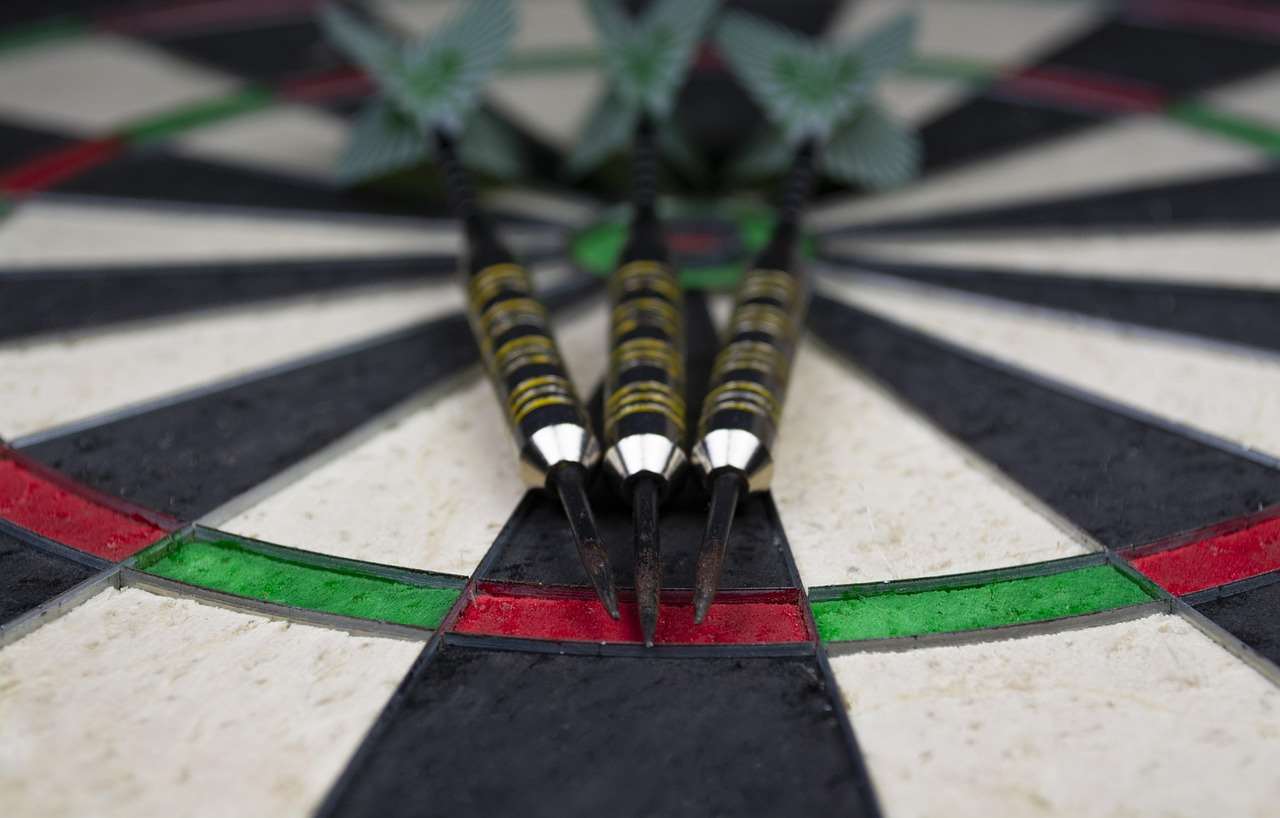
This requires careful observation of your opponent’s throwing style and tendencies, as well as a good understanding of **double ring scoring explained darts**
Choosing the Right Darts for Double Ring Accuracy
The type of darts you use can also influence your ability to hit the **double ring** consistently. Factors such as weight, grip, and balance can all play a role.
Dart Weight
Darts come in various weights, typically ranging from 20 to 26 grams. Heavier darts tend to be more stable in flight, while lighter darts are more maneuverable. Experiment with different weights to find what feels best for you.
Dart Grip
The grip of the dart refers to the texture of the barrel, which affects how well you can hold and control the dart. Some darts have smooth barrels, while others have knurled or ringed grips. Again, experiment to find a grip that provides a comfortable and secure hold.
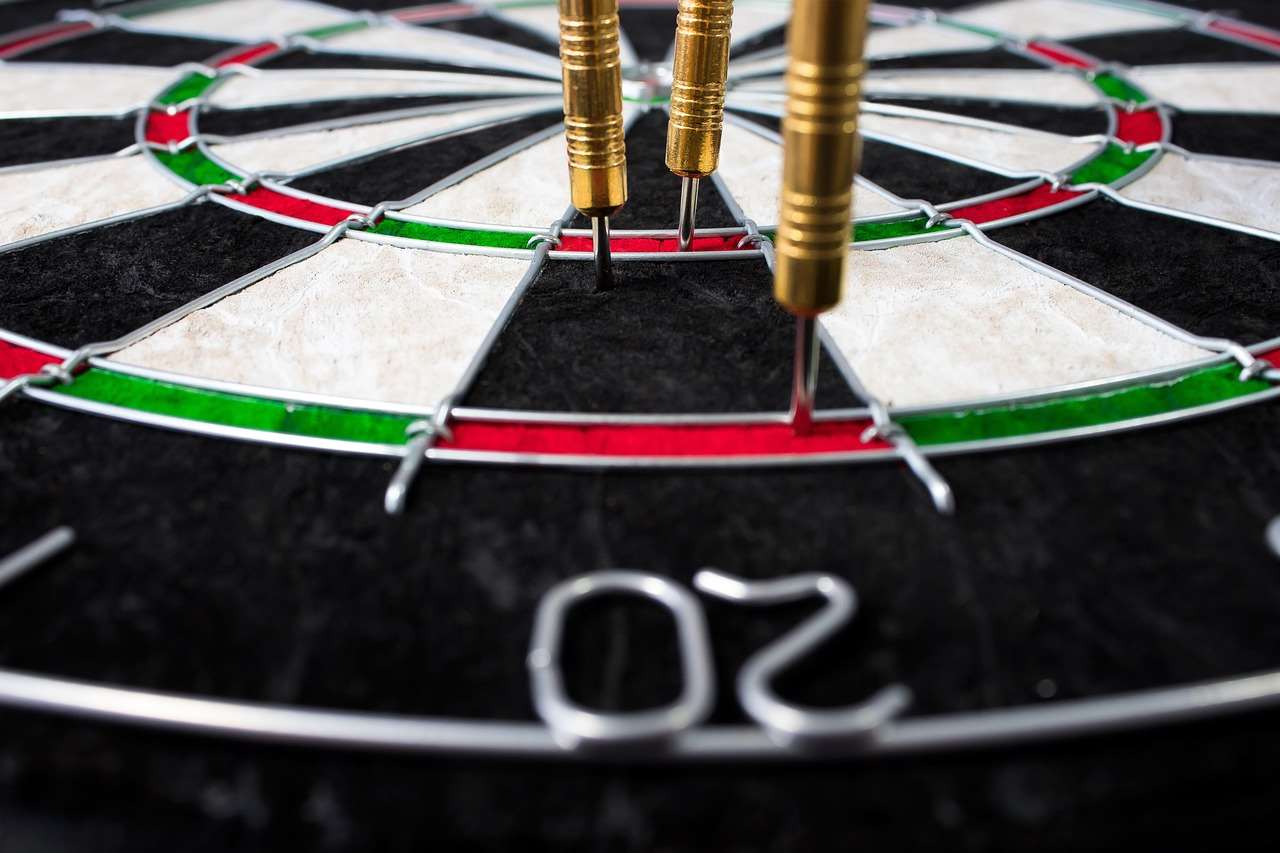
Dart Balance
The balance of the dart refers to how its weight is distributed. Front-weighted darts tend to fly straighter, while rear-weighted darts are more forgiving of minor errors in release. Choose a dart with a balance that suits your throwing style. As you get better at darts, **modifying rules for mixed-level dart players** becomes less of a necessity, so it’s better to focus on skill development instead.
Conclusion
**Double ring scoring explained darts** is fundamental to the game. Mastery of the **double ring** unlocks new levels of strategy and skill. From understanding its importance in games like 501 and “Around the World” to employing advanced strategies and selecting the right darts, continuous practice and refinement are key. Whether you are only beginning with **basic darts fundamentals for beginners**, or are a seasoned dart player, understanding the nuances of the double ring can significantly improve your game. Start practicing today and aim for those doubles!
Ready to take your dart game to the next level? Check out our other articles on dart strategies and techniques to enhance your skills!
Hi, I’m Dieter, and I created Dartcounter (Dartcounterapp.com). My motivation wasn’t being a darts expert – quite the opposite! When I first started playing, I loved the game but found keeping accurate scores and tracking stats difficult and distracting.
I figured I couldn’t be the only one struggling with this. So, I decided to build a solution: an easy-to-use application that everyone, no matter their experience level, could use to manage scoring effortlessly.
My goal for Dartcounter was simple: let the app handle the numbers – the scoring, the averages, the stats, even checkout suggestions – so players could focus purely on their throw and enjoying the game. It began as a way to solve my own beginner’s problem, and I’m thrilled it has grown into a helpful tool for the wider darts community.